Peaks and Valleys: A Journey Through the Extreme Value Theorem
The Extreme Value Theorem states that a continuous function defined on a closed interval will always have both a maximum and a minimum value within that interval. This theorem assures the existence of extreme values under the specified conditions of continuity and a bounded domain.
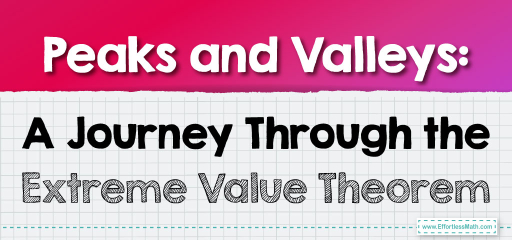
The Extreme Value Theorem is pivotal in optimizing problems, ensuring safety in engineering designs by identifying stress limits, aiding in economic models to find cost and revenue extremes, and crucial in calculus for determining maximum and minimum values of functions within a specific, closed interval.
The Extreme Value Theorem states that function extremes occur at interval bounds or where the derivative equals zero. Interval endpoints can themselves be the highest or lowest values. Inside the interval, points where the derivative is zero (critical points) often indicate local maxima or minima, potentially being the absolute extremes within the interval’s boundaries.
Function extremes are essential in analyzing weather patterns, determining peak resource usage, optimizing network traffic flow, and in physics for understanding particle motion limits. They’re also crucial in algorithm efficiency assessment, providing key insights in data analysis and statistical modeling.
Consider the optimization of a solar panel’s efficiency. The goal is to maximize the panel’s energy output. By using the Extreme Value Theorem, engineers can determine the panel’s angle and orientation that yield the highest energy capture. This involves analyzing the function that relates the angle of the solar panel to the amount of absorbed solar energy. The theorem helps identify the optimal angle — the maximum point of the function — within a given range (e.g., 0 to 90 degrees), ensuring the solar panel operates at peak efficiency throughout the day.
Let’s create a simplified numerical example for optimizing a solar panel’s efficiency. Suppose the energy output \( E \) of a solar panel, measured in kilowatt-hours, varies with its angle ( \theta ) (measured in degrees from the ground) according to the function:
\( E(\theta) = -2\theta^2 + 90\theta \)
This function might represent a simplified model where the energy output is maximal at a certain angle and decreases as the angle moves away from this optimal point. We’re interested in finding the angle that maximizes \( E \) within the practical range of \( 0^\circ \) to \( 45^\circ \).
- Find the Critical Points: We first find the derivative of \( E(\theta) \) and set it to zero to find critical points. The derivative is:
\( E'(\theta) = -4\theta + 90 \) Setting this equal to zero gives:
\( -4\theta + 90 = 0 \)
\( \theta = \frac{90}{4} = 22.5^\circ \) - Evaluate at Endpoints and Critical Point: We evaluate \( E \) at \( 0^\circ \), \( 22.5^\circ \), and \( 45^\circ \) to find which gives the maximum output. \( E(0) = -2 \times 0^2 + 90 \times 0 = 0 \) kilowatt-hours
\( E(22.5) = -2 \times 22.5^2 + 90 \times 22.5=1012.5 \) kilowatt-hours
\( E(45) = -2 \times 45^2 + 90 \times 45=0 \) kilowatt-hours
Comparing these values, the maximum energy output of \( 1012.5 \) kilowatt-hours occurs at \( 22.5^\circ \). Therefore, in this simplified model, angling the solar panel at \( 22.5^\circ \) from the ground optimizes its energy capture, demonstrating an application of the Extreme Value Theorem in determining the most efficient operational angle.
Related to This Article
More math articles
- How to Find the Probability of Compound Event?
- The Best Calculator for the SAT or ACT
- 4th Grade SOL Math Worksheets: FREE & Printable
- A Complete Step-by-Step Guide on Euler’s Method
- Top 10 Tips You MUST Know to Retake the CLEP College Algebra
- Top 10 Tips to Create a TSI Math Study Plan
- How to Find Values of Functions from Graphs?
- 8 Useful Tips on Learning Mathematics Effectively
- The Best HSPT Math Worksheets: FREE & Printable
- How to Graph Solutions to Linear Inequalities?

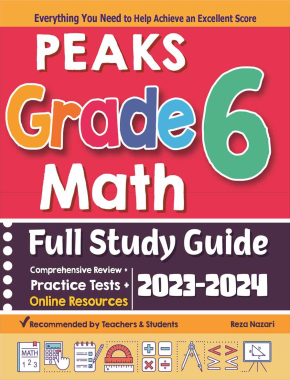
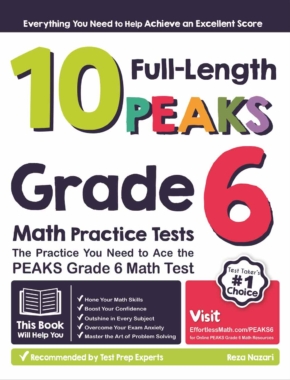
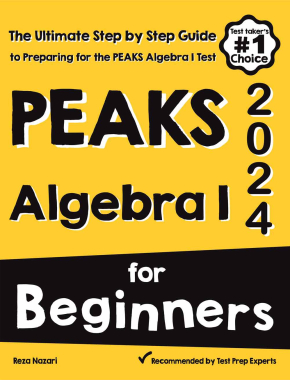



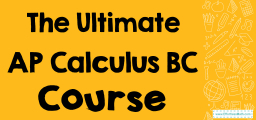


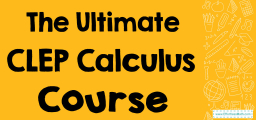
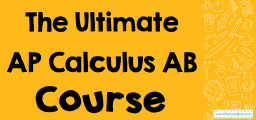



What people say about "Peaks and Valleys: A Journey Through the Extreme Value Theorem - Effortless Math: We Help Students Learn to LOVE Mathematics"?
No one replied yet.